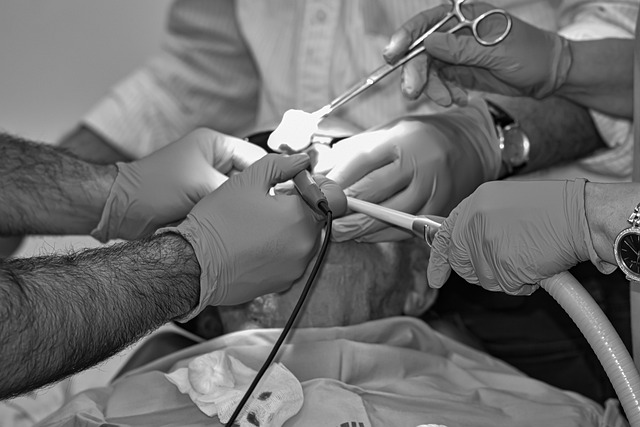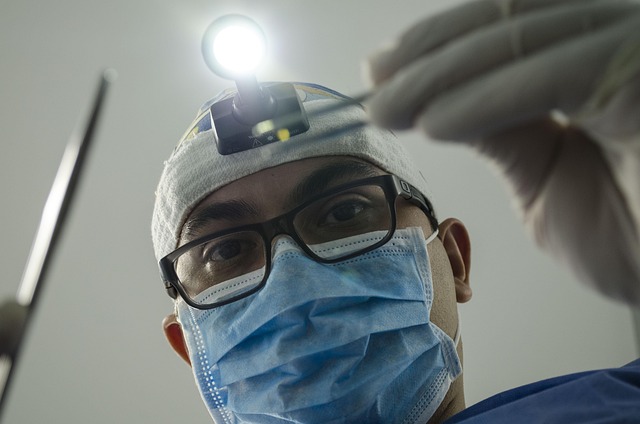In recent years, the landscape of healthcare has undergone a remarkable transformation, particularly in the realm of genomics. At the heart of this evolution lies a crucial procedure known as biopsy. Once considered a daunting and invasive process, biopsies have evolved into pivotal tools for the early detection, diagnosis, and management of diseases, especially cancer.
Traditionally, a biopsy involved surgically removing a small sample of tissue from the body for analysis. Patients often faced anxiety and uncertainty about the procedure and its outcomes. However, innovations in healthcare have led to less invasive techniques that provide comfort and confidence to those undergoing these tests. Techniques such as fine needle aspiration and core needle biopsies have minimized the physical trauma and psychological stress associated with traditional surgical biopsies.
With the advancements in genomics, the way we interpret biopsy results has undergone a revolution. No longer are biopsies merely used to obtain a tissue sample; they now serve as gateways to understanding the genetic underpinnings of a disease. This shift opens new possibilities for personalized healthcare, as genomic analyses enable clinicians to tailor treatments based on the specific mutations and characteristics of a patient’s cancer. Understanding a malignancy at a molecular level allows for more targeted therapies, improving the outcomes for patients significantly.
Moreover, the integration of liquid biopsies has further transformed the landscape. These non-invasive tests analyze circulating tumor DNA (ctDNA) from a simple blood draw. Liquid biopsies provide real-time insights into tumor dynamics, shedding light on how a tumor responds to treatment and empowering oncologists to make informed decisions quickly. This innovation not only enhances patient comfort but also leads to timely interventions, a crucial factor in cancer management.
In the realm of healthcare innovation, the evolution of biopsy methods cannot be overlooked. As genomic healthcare continues to expand, the role of biopsies will be increasingly pivotal. The shift towards precision medicine ensures that patients receive tailored treatments that cater to their unique genetic makeup. This approach helps bridge the gap between technology and compassion in healthcare, supporting patients on their journey to recovery while respecting their individuality and health needs.
The implications of this evolution extend beyond oncology. For diseases such as autoimmune disorders and genetic conditions, biopsies now play a crucial role in diagnosis and long-term management. By incorporating genetic insights into routine biopsy assessments, healthcare professionals are empowered to devise more effective treatment pathways, ensuring patients lead healthier lives.
As we look toward the future of genomic healthcare, the integration of innovative biopsy techniques alongside advancements in genomics will undoubtedly reshape our understanding of health and disease. Each improvement in technology not only elevates the standard of care but also provides hope and reassurance to patients navigating the complexities of their health journeys.
In conclusion, the evolution of biopsy in genomic healthcare illustrates a significant leap forward for both patients and providers. By embracing these innovations, we shape a future filled with possibilities—one where diagnosis and treatment are more precise, compassionate, and patient-centered.



